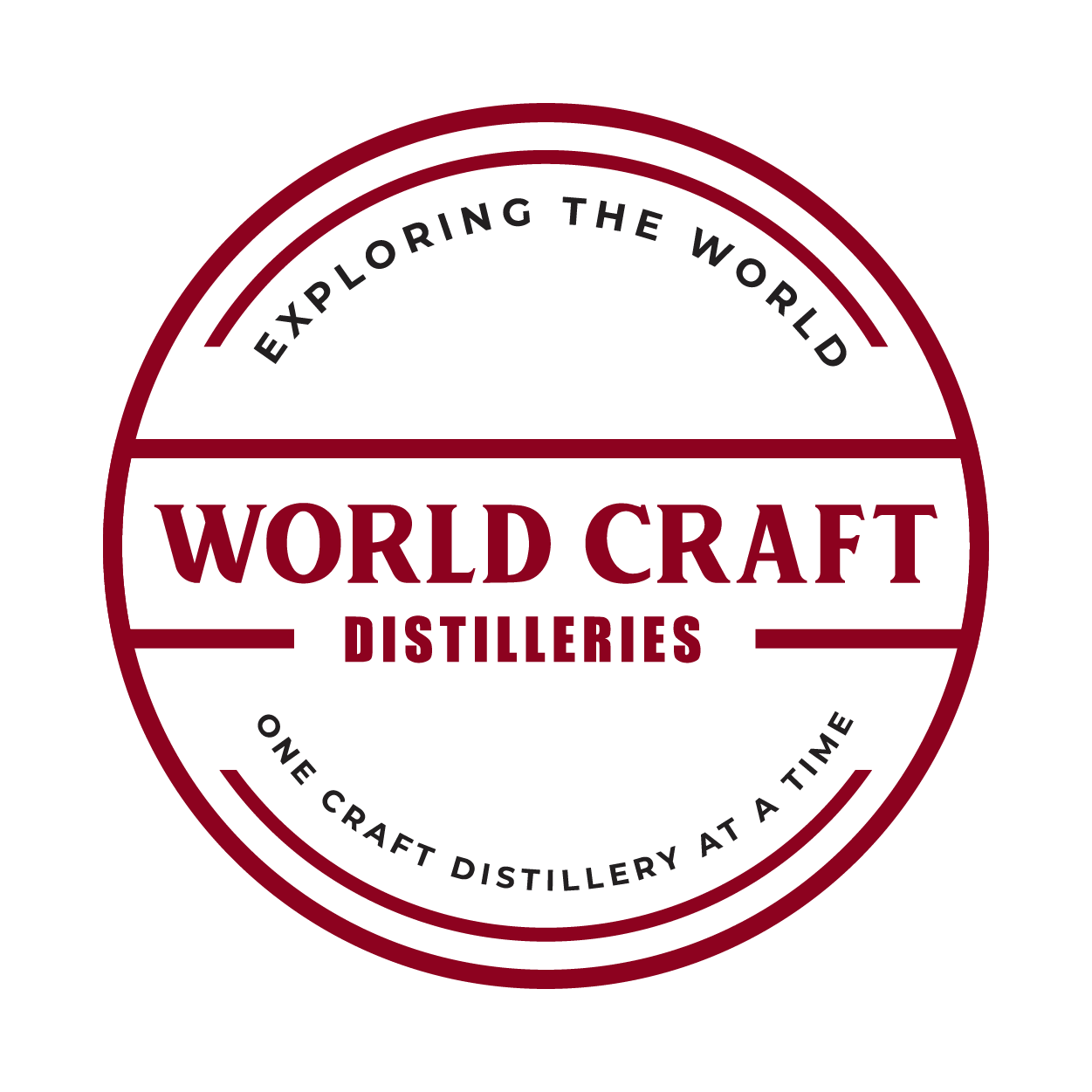Fynbos Distillery at Sir Robert Stanford Estate in Western Cape is an all-women run operation. Using creativity and innovation, they are producing outstanding grappa and mampoer and delightful fruit-based spirits.
When I popped the cork on the Ginsala bottle, I was transported…back to my hometown of Durban in KwaZulu Natal, South Africa. The aromas of East Indian markets wafted up through the neck of the bottle - curry, really? And not just any curry, but specifically Durban Masala, with its complex blend of coriander, cloves, cinnamon, cardamom and a host of other spices.

Conservation, the environment and social upliftment programs in the rural areas of KZN are central to Brackenhill Craft Distillery’s business.

Several years ago, I saw a vendor at our local Shongweni Farmers Market dispensing G&T’s on tap and thought it an interesting idea, but was hesitant to try. Not only was it barely 9AM but the limited experience I’d had with ready-to-drink cocktails (RTDs) had turned me off them. But I did attempt to find out who the distiller was behind the idea, with no success.

Sugar cane fields stretch for hundreds of hectares around the Sugar Baron Craft Distillery in Richmond, KwaZulu Natal, South Africa. Brad and Marisa O’Neill officially opened in October 2019 and produce a wonderful rum distilled from fresh sugar cane juice, employing a method called Rhum Agricole.





